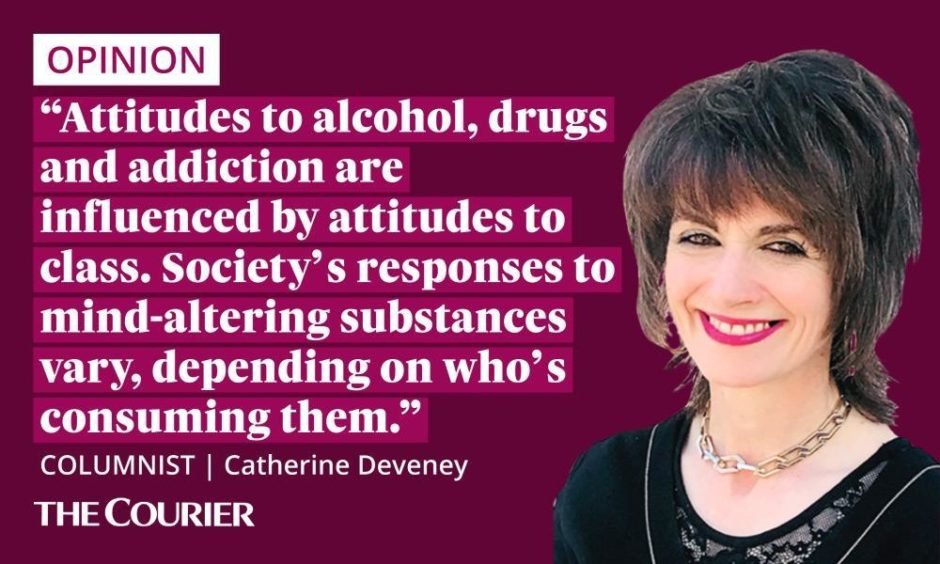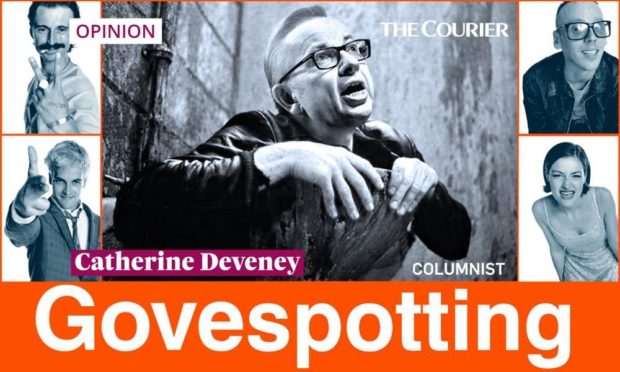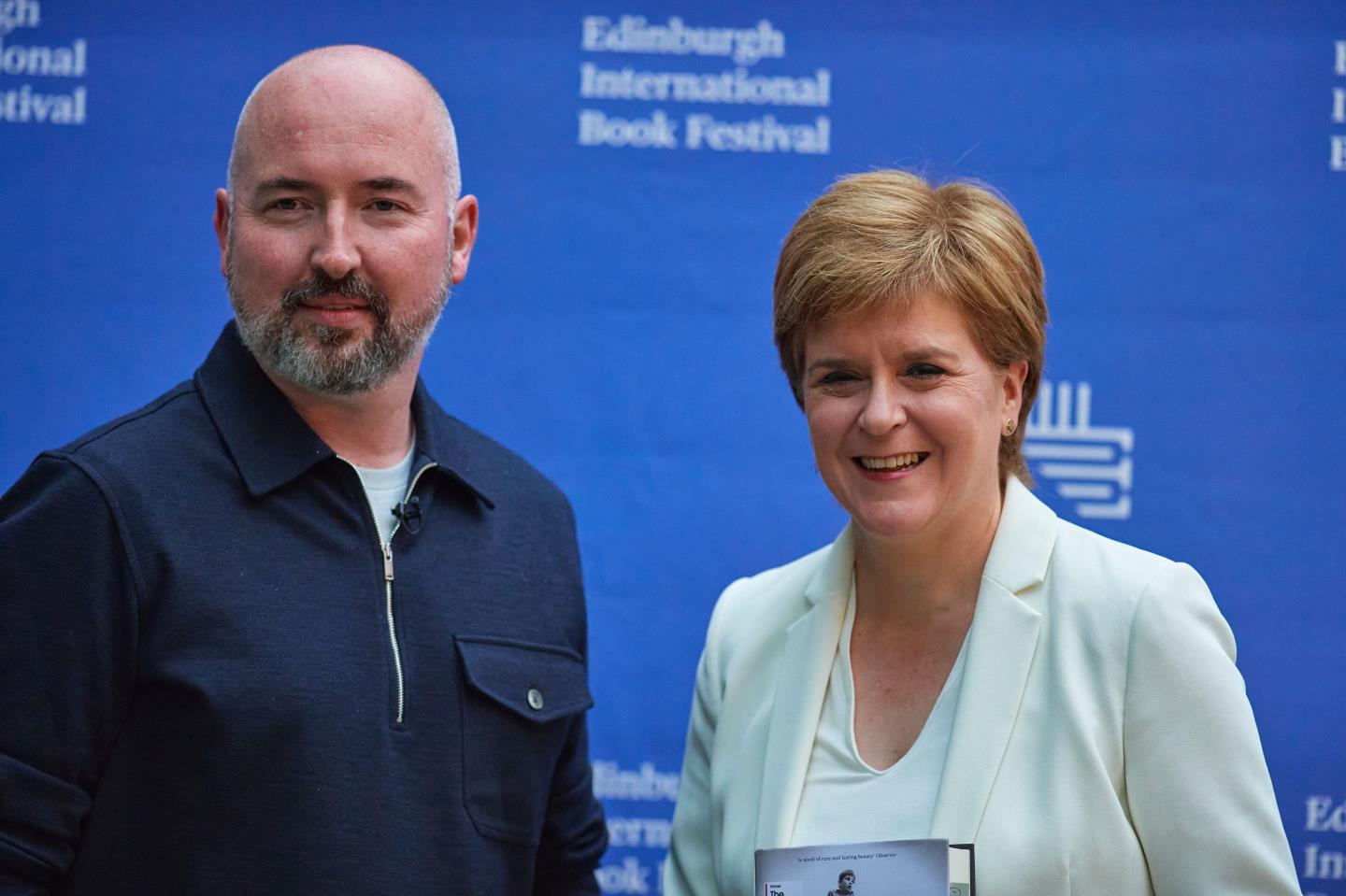“Social class” has become a phantom phrase in Britain; a concept that lurks around like a bad smell but nobody cares to mention in case everyone else thinks the stench comes from them.
An article in this month’s Psychologist magazine suggests the lack of attention to class is a product of us all being too busy perpetuating the myth that we live in a meritocracy.
It took just one brief YouTube video this week to belie that particular urban myth.
It features cabinet minister Michael Gove dancing erratically in an Aberdeen nightclub.
But the real life footage is spliced with scenes of heroin addict, Renton, from the 1996 film Trainspotting.
And over it are Ewan McGregor’s lines from the original soundtrack, which describe taking to a dance floor “fuelled by alcohol and amphetamines”.

The clip of stuffed shirt Gove – who has admitted in the past to a snort or two of cocaine – has amused many on social media but there’s a serious side.
Attitudes to alcohol, drugs and addiction are influenced by attitudes to class.
Society’s responses to mind-altering substances vary, depending on who’s consuming them.
A tipsy middle class man in a suit, whose inhibitions are sufficiently loosened to do dad dancing without a blush, is seen rather differently from the T-shirt clad, unemployed Renton.
The unspoken question the video challenges us with is this: what’s the difference between a ned and a Tory minister?
Now there’s a question I’ve been trying to find an answer to for years.
Michael Gove has privilege on his side
The answer – in no particular order – is probably money, circumstance, opportunity and privilege.
It wasn’t just Gove’s antics that brought that home forcefully this week.
In the past, I have admired Peter Krykant, a former heroin addict who converted a bus in Glasgow to offer a supervised facility for drug addicts.
As a society with drug deaths now three times higher than a decade ago, we should have been grateful.
Former addicts have so much to give others when they get clean.
If he’d worn a white coat, we’d probably have given him an OBE for his work.
Instead, Krykant was forced by the establishment to operate as a maverick.
He was threatened with prosecution and eventually buckled under the weight of the trauma he was dealing with.
After 11 years clean, he relapsed.
What was really disturbing was that when he tried to get help in Scotland, he found it impossible. He went to England.
It depends who’s telling the story
Krykant’s story came in the same week that First Minister Nicola Sturgeon interviewed author Douglas Stuart about his Booker-winning novel, Shuggie Bain, at the Edinburgh International Book Festival.
Stuart explained the connections between the novel and his working class Glasgow background, especially his mother’s alcoholism.
Class is about education as well as money.
However dark the story, literature has a Mr Pledge effect on addiction, polishing it up to be a rough diamond of creativity.
Without a political or literary voice, Krykant was simply another failed junkie who wasn’t really heard by the establishment.
“We have so much to do…” Sturgeon told Stuart, “to help people suffering from addiction.”
Yet, the Scottish Government has spent record levels of money on drug addiction.
A further £4 million was announced earlier this year to ensure addicts got help on the day they asked for it, no matter where they lived.
What’s going wrong?
Perhaps we have little empathy for causes of addiction that are connected to socio-economic factors we no longer want to recognise.
And also the fact that the NHS is a bureaucratic mess.
Its response to addiction – despite government policy – is often: “Name? Postcode? Sign here. Wait there.”
That could be Jamie with Michael Gove
One benzodiazepine addict I know of – call him Jamie – became hooked after being prescribed Valium by his GP to deal with anxiety.
His voice was slurred when he was on street benzodiazepines. He sounded drunk, or stupid, or both.
He had no job and lived in a scheme.
His addictions nurse refused to answer his calls half the time.
She didn’t know – or care – that he used to write poetry.
Jamie was desperate for help but refused detox and rehab consistently.
He was told he had to cut his intake in half before he would be considered.
Yes, you read that right. He was too much of an addict for the NHS to help his addiction.
Jamie could be Renton in that Gove video.
The tendency to judge by appearance, to judge people according to their outer layer rather than their inner one, was always the drawback of talking openly about “class”.
But to pretend that it no longer exists, that we somehow all suddenly got equal, is one big societal hallucination too far.
Catherine Deveney is an award-winning investigative journalist, novelist and television presenter

